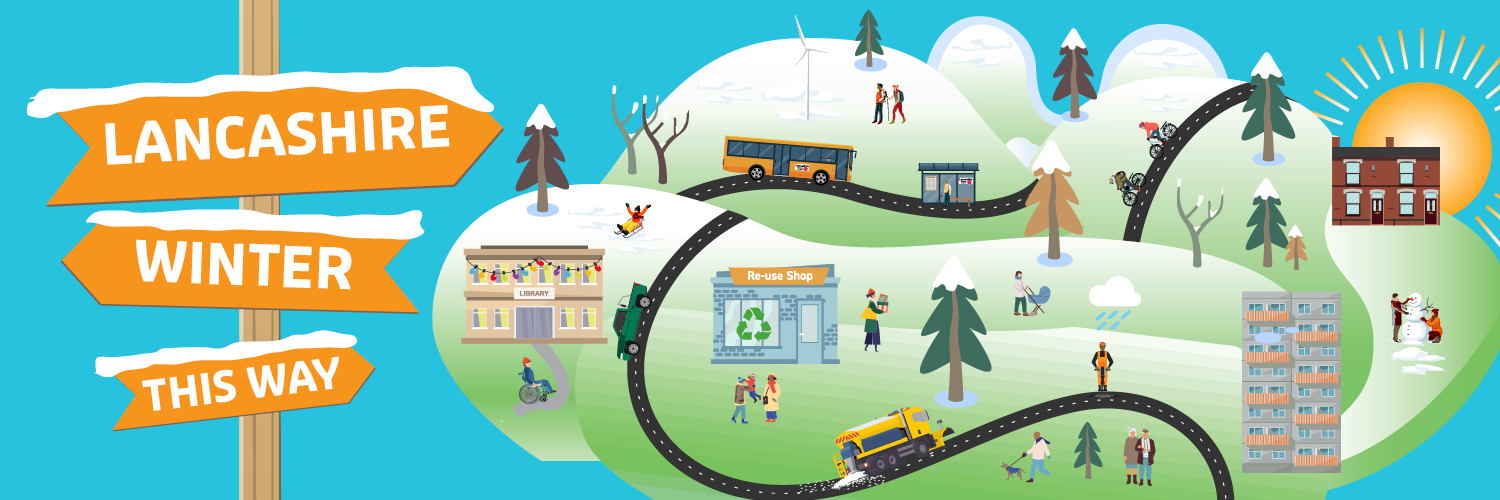Winter driving advice
Before you set off:
- check the local weather forecast and traffic reports;
- plan your route, allow for extra travelling time and consider alternative routes if practical;
- check your car battery, lights, indicators, windscreen wipers and washers and coolant level;
- make sure your windscreen and all windows are clear and unobstructed;
- make sure your tyres have the correct pressure and are in good condition with at least 3mm of tread;
- avoid travelling in severe weather conditions unless your journey is essential.
Tips for safer winter driving:
- keep a safe stopping distance at all times. It can take ten times longer to stop in ice and snow;
- avoid harsh braking and sudden acceleration; this could lead to skidding;
- if visibility is poor during the day due to heavy rain, snow, fog or mist, use dipped headlights. If visibility is seriously reduced, use rear fog lights, but remember to turn them off when visibility improves so as to not dazzle other road users;
- drive in the highest gear possible in icy conditions to avoid wheel spin;
- do not drive in flooded areas or places where ice could be covering water;
- watch out for motorcyclists, cyclists, pedestrians and horse riders – they can be difficult to see in bad conditions;
- try your brakes after driving through deep water, braking lightly will help to dry them out;
- always give our gritters and snow ploughs plenty of room, be patient and don’t follow too closely behind.
Let us know
Keep up-to-date
- Latest gritting updates
- Follow #LancsWinter on X *
- Highways updates *
- Met Office forecast *
- Met Office Weather Ready campaign *
* External links
